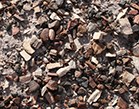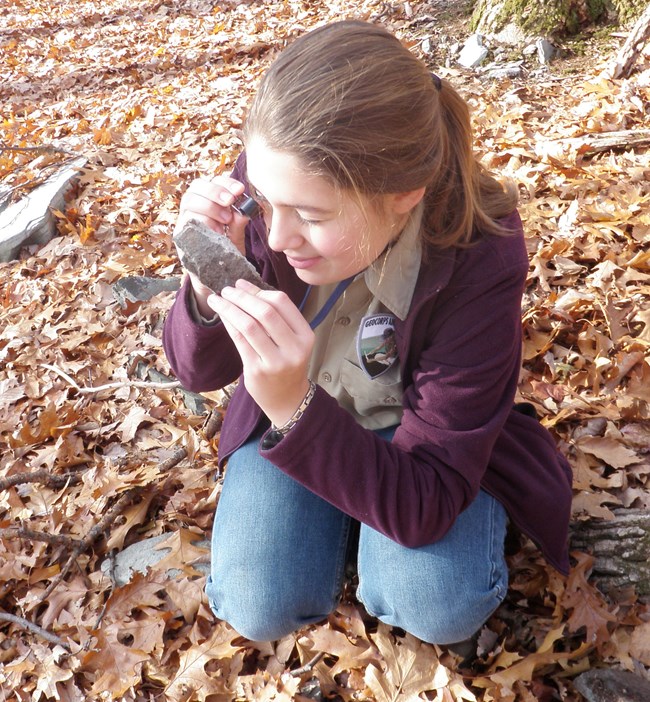
Introduction
Rocks and minerals are all around us! They help us to develop new technologies and are used in our everyday lives. Our use of rocks and minerals includes as building material, cosmetics, cars, roads, and appliances. In order maintain a healthy lifestyle and strengthen the body, humans need to consume minerals daily. Rocks and minerals play a valuable role in natural systems such as providing habitat like the cliffs at Grand Canyon National Park where endangered condors nest, or provide soil nutrients in Redwood where the tallest trees in the world grow.
Rocks and minerals are important for learning about earth materials, structure, and systems. Studying these natural objects incorporates an understanding of earth science, chemistry, physics, and math. The learner can walk away with an understanding of crystal geometry, the ability to visualize 3-D objects, or knowing rates of crystallization.
Natural objects, such as rocks and minerals, contribute to the beauty and wonderment of the National Parks and should be left, as they were found, so that others can experience a sense of discovery.
Featured Video
- Duration:
- 3 minutes, 13 seconds
This video provides an introduction to some basic properties of rocks and minerals.
Explore Rocks and Minerals
-
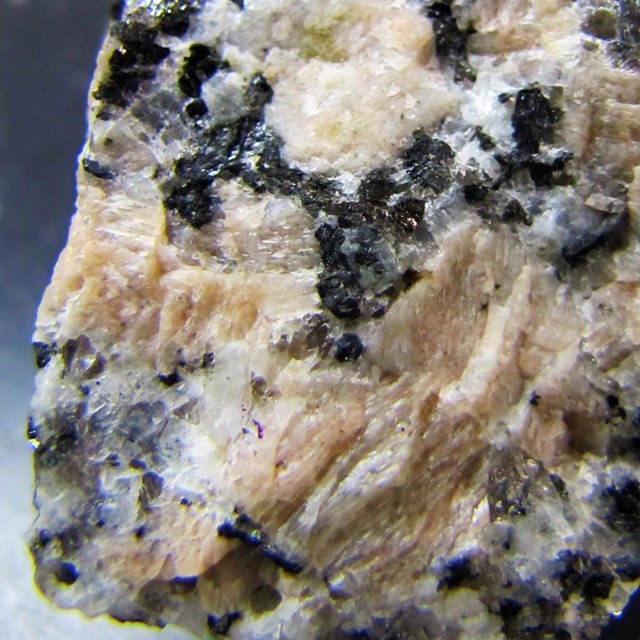 It's All About Rocks
It's All About RocksLearn what rocks are made of, where they come from, and how they are classified.
-
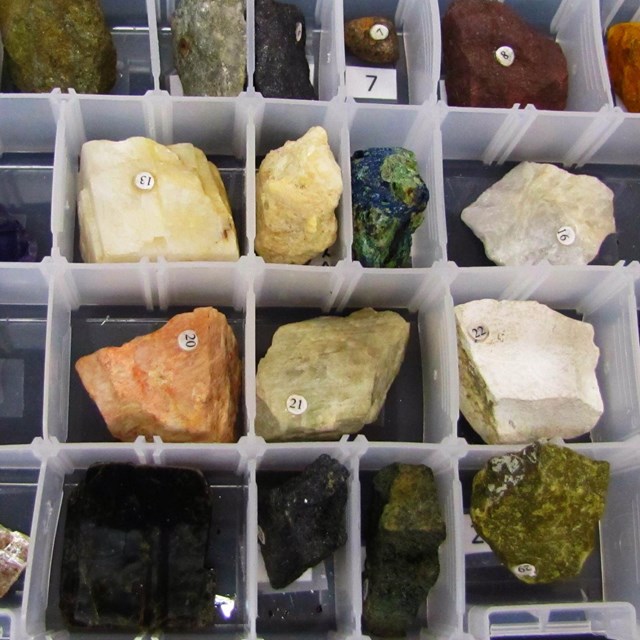 It's All About Minerals
It's All About MineralsLearn about the physical properties of a mineral and some of the most common minerals in the Earth's crust.
-
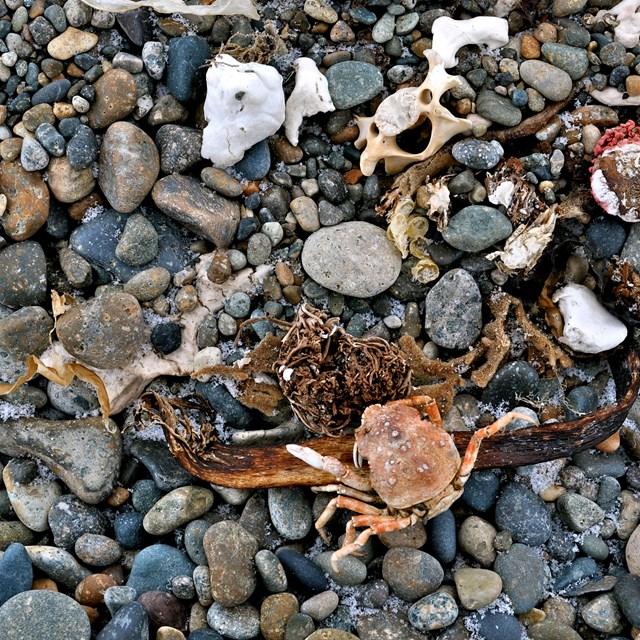 Beach Materials
Beach MaterialsLearn about geologic material in the coastal environment: Beach Source Material, Sand Color, Material Size, and Sorting.
Educational Resources
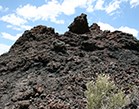
In an exploration of magma behavior, students role-play minerals that are cooling at different rates, and then examine rock samples. Student activity, Grades 4-8. Mount Rainier National Park, Washington.
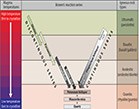
In the early 1900's N. L. Bowen determined that different minerals crystallize at different temperatures during the cooling of magma. This chart demonstrates the reaction rates. Source: Trista L. Thornberry-Ehrlich, Colorado State University. [273 KB JPEG]
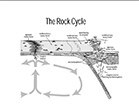
Rock cycle diagram showing the associated geologic processes where the three types of rock are found: sedimentary, igneous, and metamorphic. [163 KB JPG]
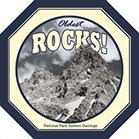
Learn about the oldest rocks found in the parks that range in age from 3 billion to 600 million years old.
Related Links
Last updated: January 23, 2023

